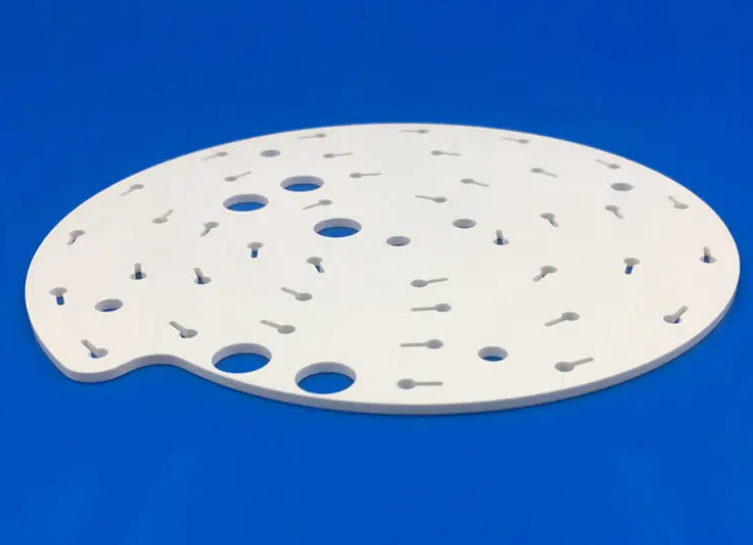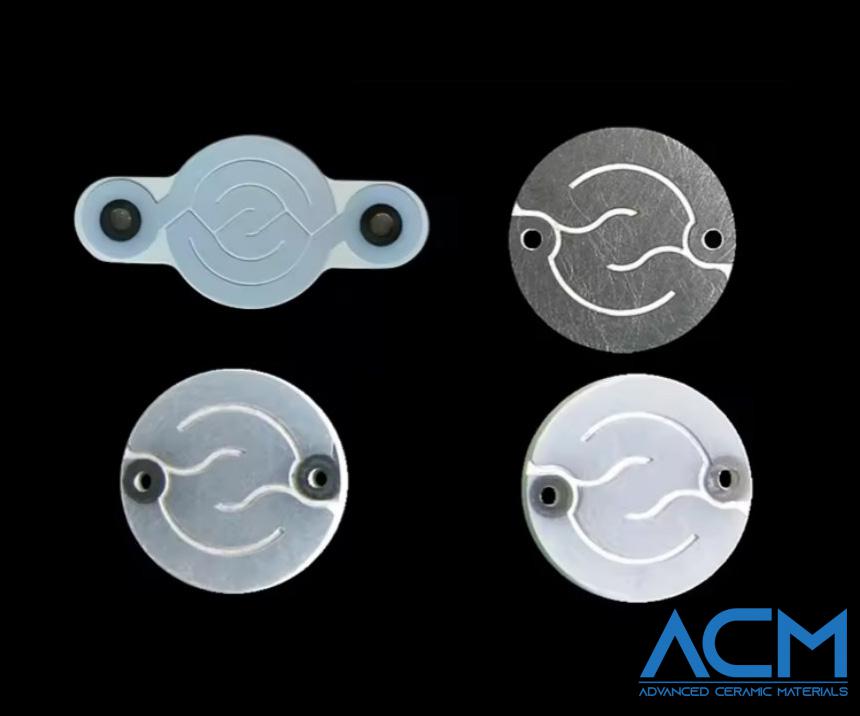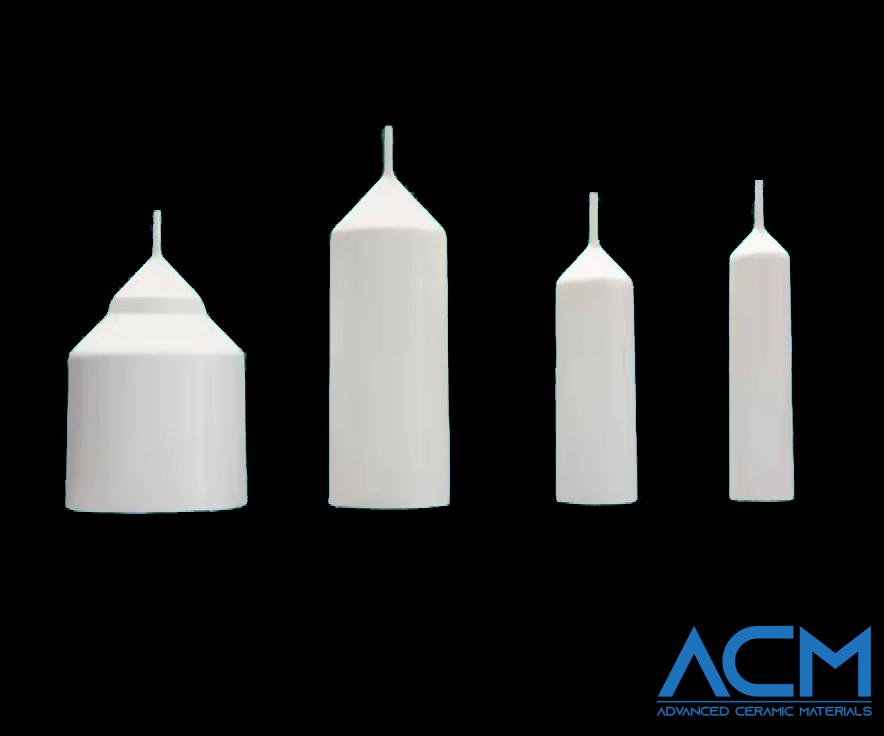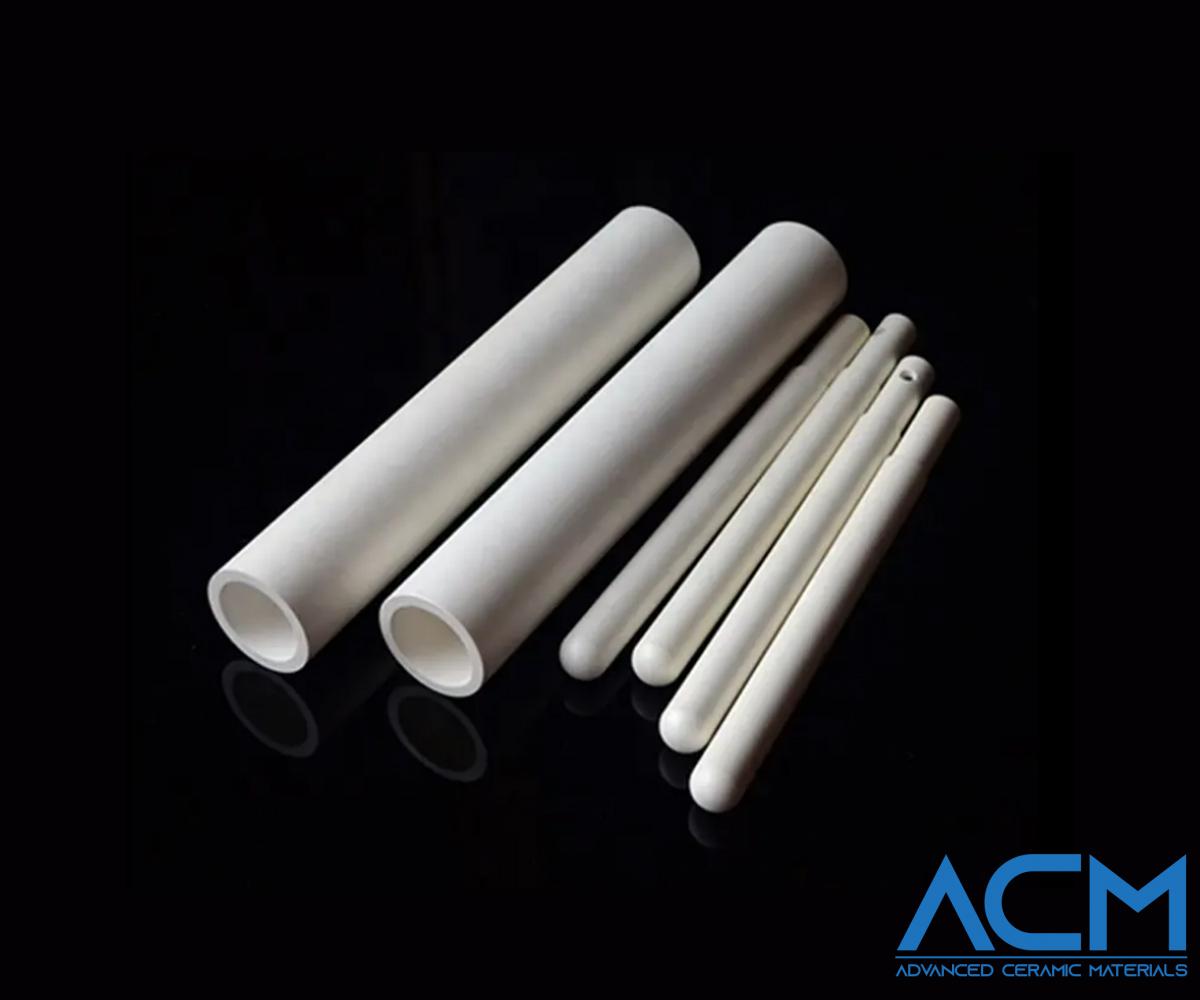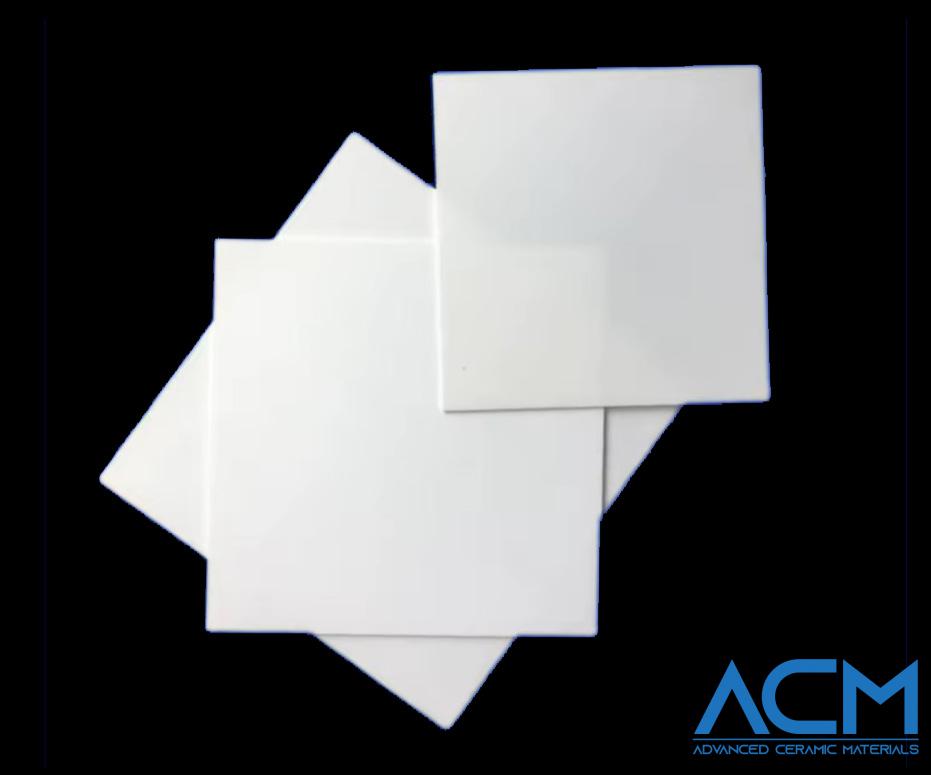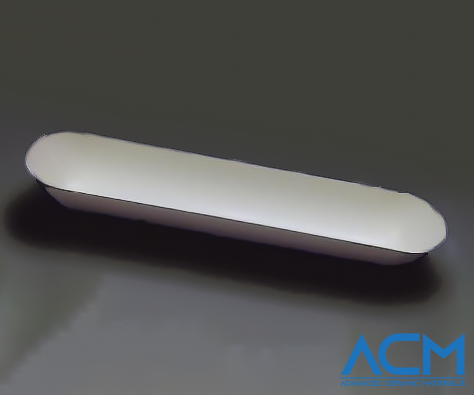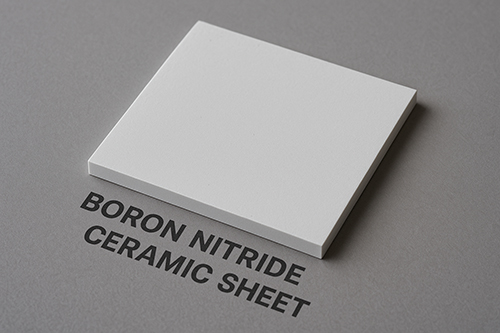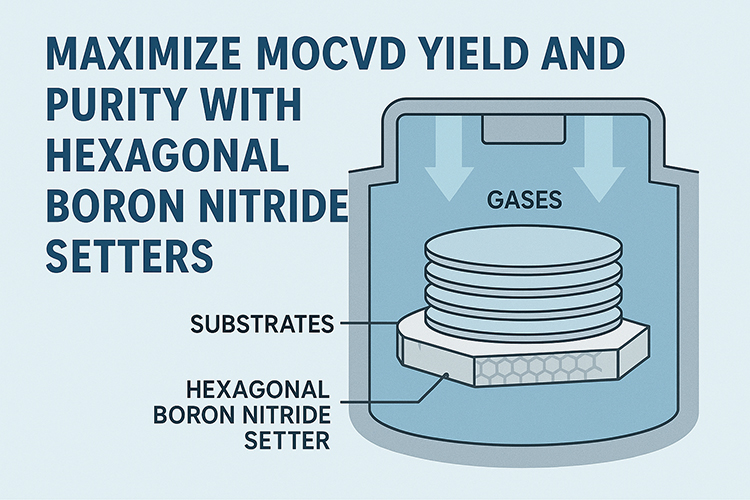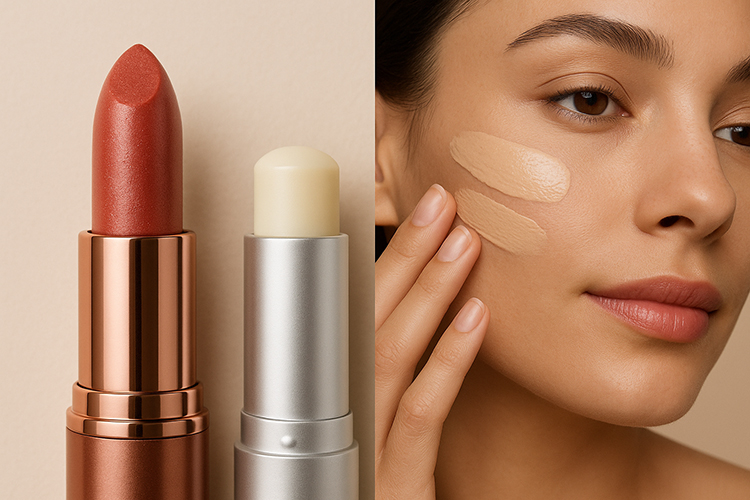Quartz vs. PBN: Which Works Better in Plasma Reactors?
The Challenge
Plasma reactors are some of the most demanding environments in materials science. Whether used for semiconductor processing, materials synthesis, or advanced surface treatment, the components inside a plasma system must withstand high temperatures, aggressive ion bombardment, and intense electromagnetic fields.
At the heart of this system, dielectric materials play a critical role—electrically insulating sensitive parts, maintaining thermal integrity, and resisting corrosion from reactive gases. The wrong choice can lead to breakdowns, contamination, or process inefficiencies.
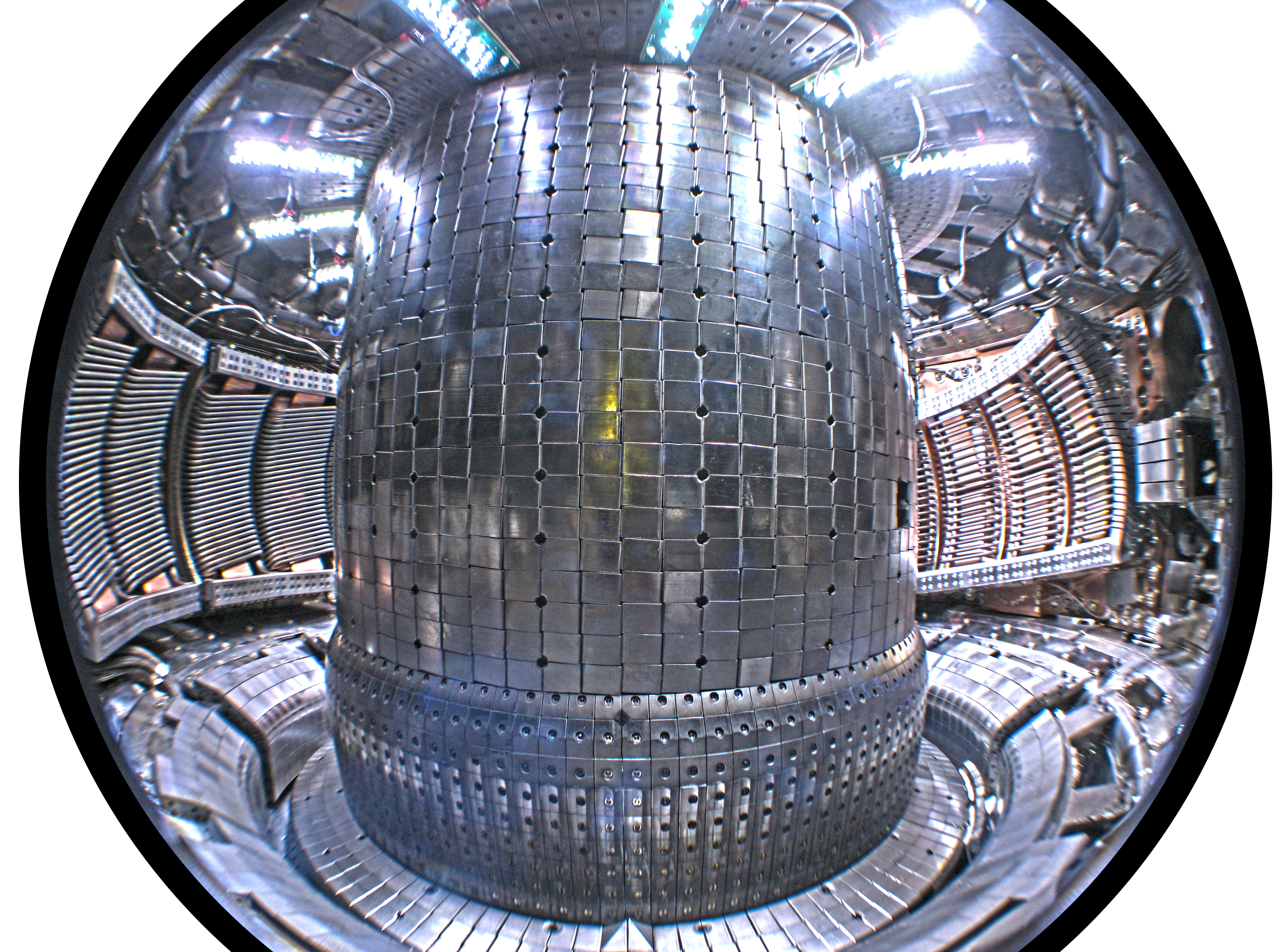
Mike Garrett, CC BY 3.0 <https://creativecommons.org/licenses/by/3.0>, via Wikimedia Commons
A Real-World Request
Recently, a research group approached us with a precise materials challenge for their plasma system. The component in question? A custom disc or cylindrical piece, roughly 25mm in diameter and 4mm thick, featuring a small central channel for liquid flow. Beyond simple dielectric behavior, they needed the part to be:
-
Thermally stable
-
Chemically inert
-
Slightly porous for catalyst loading
-
Highly machinable to tight tolerances
Quartz was on the table—it's a staple in high-purity environments. But they were curious if there was a better option. That’s where Pyrolytic Boron Nitride (PBN) entered the conversation.
Quartz vs. PBN
Both quartz and PBN have long been used in demanding dielectric applications. But when you compare them head-to-head for plasma systems, the distinctions start to matter.
Dielectric Strength
Quartz is a strong dielectric, typically around 10–15 kV/mm. PBN often reaches higher values—sometimes up to 20 kV/mm—while maintaining excellent consistency across temperature ranges. For high-voltage or precision applications, that extra margin can be critical.
Thermal Resistance
Quartz melts around 1700°C, which is impressive. But it’s also more brittle under thermal cycling. PBN, with a sublimation point over 2900°C, is extremely stable under both thermal and plasma stress. It doesn’t melt, it sublimates—meaning it remains dimensionally stable until extreme conditions are reached.
Stability in Plasma
Both materials are chemically inert, but PBN has a clear advantage in environments with reactive ions. It doesn’t oxidize or degrade in vacuum or inert gases and shows less erosion under ion bombardment.
Machinability
Quartz is notoriously hard to machine. Precision shaping or drilling often requires diamond tooling and risks fracturing. PBN, by contrast, is soft and easily machined to tight specs—even delicate geometries like the 1.25mm central hole in this request.
Table 1. Quartz vs. PBN Comparison
| Property | Quartz | PBN (Pyrolytic Boron Nitride) |
|---|---|---|
| Dielectric Strength | 10–15 kV/mm | Up to 20 kV/mm |
| Thermal Resistance | Melts at ~1700 °C, brittle under thermal cycling | Sublimates above 2900 °C, highly stable under thermal and plasma stress |
| Stability in Plasma | Chemically inert | Superior resistance to oxidation and erosion in reactive ion environments |
| Machinability | Difficult to machine; requires diamond tools, high fracture risk | Easily machinable to tight specifications, suitable for intricate geometries |
Why PBN Wins
In this case, PBN wasn’t just a good match—it was nearly custom-built for the challenge. Its combination of dielectric performance, thermal endurance, and easy machinability made it the clear choice. Even more compelling was the slight natural porosity of PBN, which aligned perfectly with the requirement to load a catalyst inside the structure.
Unlike dense, impervious quartz, PBN can be engineered with controlled porosity while still holding dimensional tolerances. And thanks to its layered, graphitic microstructure, PBN exhibits minimal particle shedding, critical for plasma chamber cleanliness.
From a cost perspective, while PBN is generally more expensive per unit than quartz, its ease of fabrication and lower risk of breakage or failure can lead to savings over the full life cycle of the part.
Final Thoughts
Quartz and PBN are both excellent materials, but they shine in different roles. Quartz is great for general high-purity dielectric needs—especially where cost and rigidity are primary drivers. But when thermal shock, complex geometry, or chemical resilience are priorities, PBN often earns its place.
At Advanced Ceramic Materials, we specialize in translating application needs into custom ceramic solutions—like the PBN disc described above. Whether you’re designing a next-gen plasma reactor or refining a legacy system, we’re here to help you choose and create the material that works best for your goals.
{{item.content}}
LEVE A REPLY
{{item.children[0].content}}
{{item.content}}
LEAVE A REPLY
SUBSCRIBE OUR NEWSLETTER
- Boron Nitride in Cosmetics: Enhancing Performance and Sensory Appeal
- Maximize MOCVD Yield and Purity with Hexagonal Boron Nitride Setters
- What Are the Advantages and Uses of Boron Nitride Ceramic Sheet?
- The Compression Annealing Advantage for Pyrolytic Boron Nitride
- Beyond Insulation: The Surprising Spectrum of Ceramic Thermal Conductivity









